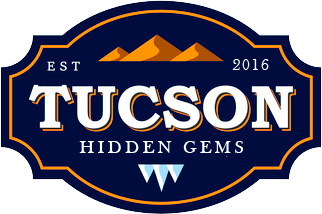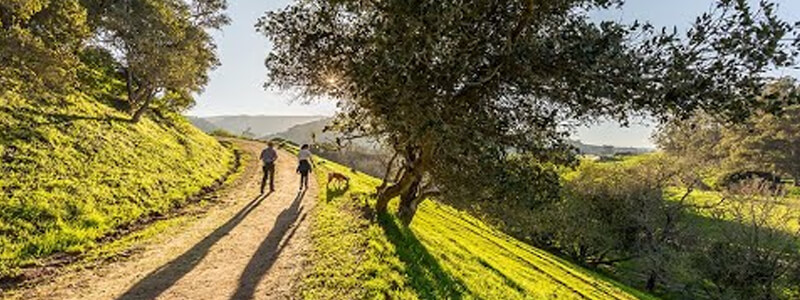Explorer Juan Bautista de Anza’s Trail
A fun, easy day trip from Tucson, AZ, on the trail of the Spanish explorer, Juan Bautista de Anza. Walk some of his 1,200-mile, 1775 journey to California.
You can be on the trail of the Spanish explorer Juan Bautista de Anza. Find his traces at the mission preserved at Tumacacori National Historical Park, Tumacacori, AZ, 62 mi. southwest of Tucson. Walk in the footsteps of the 1,200-mile journey he led to California in 1775.
Part of the reason that his trip started at Tumacacori, is that the Santa Cruz River flows by the mission. Today there’s no water in many Arizona rivers. But there’s water in the Santa Cruz River today near Tumacacori because the U.S. has its tax dollars at work. The Nogales International Wastewater Treatment Plant – just a few miles south of there – is putting approximately 15.5 million gallons a day of treated sewage effluent, of which approximately 80% is from the Mexican city of Nogales, into the Santa Cruz River.
Santa Cruz River
The Santa Cruz River is an odd river. Its headwaters are in the San Rafael Valley of Arizona. It flows south into Mexico. It makes a U-turn and then flows north by the Mexican and American cities of Nogales. It continues north to flow by Tumacacori and then the western edge of Tucson before it joins the Gila River north of Gila Bend, Arizona.
The mission. situated on the banks of the Santa Cruz River, depended on its water for growing crops and supporting the small population there.
See the mission and the beginning of the Juan Bautista de Anza Nat’l. Historic Trail. The National Park Service wanted to memorialize the 1,200-mile, 80-day trek from Tumacacori to San Francisco of a party of 240 people, 340 horses, 165 pack mules, and 302 cattle. They set off from Tumacacori in October of 1775.
The Long, Long Juan Bautista de Anza National Historic Trail
Alas, only the first 4.5 miles of the 1,200 is open. There’s another section open in Anza-Borrego Desert State Park, in California. Naturally, today’s trail is not “the” trail actually used by the de Anza party. It was only used once and so quickly went back to nature. Though it is true that trails used many times, still can be seen as trails or paths. Then there’s the other difficulty of linking the U.S. portion of the trail with the Mexican portion. This expedition’s starting point was Culiacan, Sinaloa state, Mexico, more than 600 miles to the south, making the entire expedition more than 1,800 miles.
For nearly five months they traveled by horseback, mule, and on foot; arriving at the Presidio of Monterrey on March 10, 1776. The diaries, available from the University of Oregon, kept by de Anza and by the Franciscan friars who accompanied him on both journeys form the core of an information base.
You can hike south a bit but the trail is all fine, deep, river sand. You may find it is the same as walking on a soft sand beach. You could tire of that and go south about four miles to Tumacacori, the Spanish mission established in early 1691.
The More Grand Church at the Tumacacori Mission
The Franciscans, who succeeded the expelled Jesuits, began building a large church around 1800. It was to exceed the grand one just a few miles farther north – also on the Santa Cruz River – at San Xavier del Bac. The money ran out for the completion of the Tumacacori mission bell tower. The plans were scaled back quite severely; there is no transept, for example. The National Park Service says its task is to preserve the past and not to restore it. There are a large compound and ruins in parts of it. A two-story granary and the convent or priests’ housing are still there. You can also see how the Tohono O’odham lived; they were the native workers at the mission. There’s a reconstructed O’odham house in the shadow of the church.
There’s More: Make a Side Trip to Tubac to Eat and Shop
The “new” visitors center was built in 1937 and has quite a lovely garden. It’s a fun, easy day trip from Tucson. Between Tumacacori and Tucson, you can stop in the nearby artist’s village of Tubac to eat and shop.

